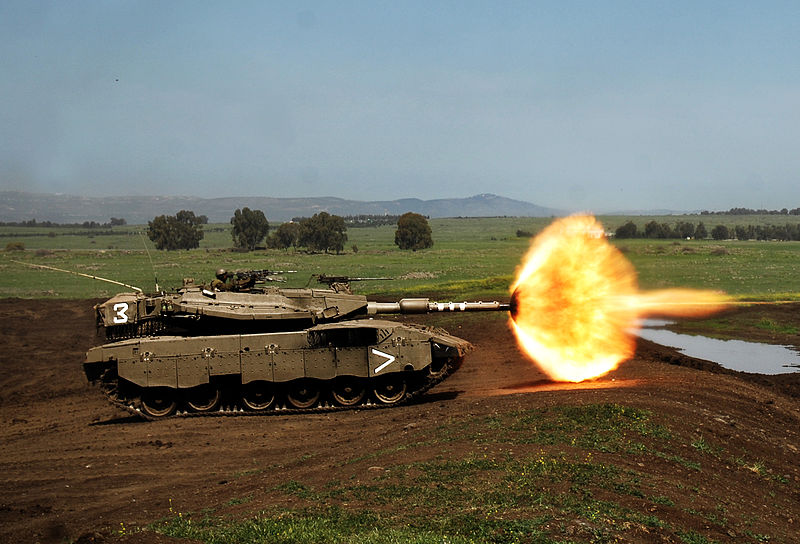The drought in the U.S. Midwest that has pushed up corn prices 28 percent since June 15 may eventually rival a dry period in 1988 that cost agriculture $78 billion, a government meteorologist said.
This year’s weather pattern, which settled into the Great Plains and the Southwest last year and has spread into the Corn Belt, resembles those of a quarter century ago, Matthew Rosencrans, a drought specialist with the National Weather Service, said today at a forum in Washington. Sparse rainfall may drive crop costs up further, destroying livestock profits and raising food prices, said David Anderson, an agricultural economist at Texas A&M University.
“Everyone’s worried about this,” Anderson said in an interview after speaking at the forum. Corn “stockpiles are already low,” he said. “We thought this was the year we might get some relief from that, and that may not happen. We’re going to have highly volatile prices the rest of the summer.”
Areas of Indiana, Illinois, eastern Iowa and Missouri have had less than half of the normal rainfall in the past 30 days, according to the National Weather Service. Parts of the Midwest may see some significant showers by the middle of next week, while the driest areas of the Midwest and the Mississippi Delta region may see little precipitation, Telvent DTN Inc. said yesterday.
Conditions Worsen
Fifty-six percent of the U.S. corn crop was in good-to- excellent condition as of June 24, down from 63 percent a week earlier and a 20-year low for this point in the season, according to theU.S. Department of Agriculture. Futures of the grain traded in Chicago touched a nine-month high earlier today.
Corn supplies in the U.S., the world’s biggest exporter, are declining at the fastest pace since 1996, according to USDA data. Stockpiles were probably 3.168 billion bushels (80.47 million metric tons) on June 1, 47 percent less than on March 1, the average of 22 analyst estimates compiled by Bloomberg shows. The agency updates its inventory estimate on June 29 and its production forecast two weeks later.
While the USDA’s prediction on June 12 was for a 20 percent jump in U.S. output this year to a record 14.79 billion bushels, the harvest is about two months away and dry weather across the main growing region comes as plants begin to pollinate. That’s the most vulnerable period in the growing cycle, so the next two weeks are crucial, Dennis Gartman, the author of the Suffolk, Virginia-based Gartman Letter, wrote yesterday.
The persistent heat and dryness isn’t expected to let up during the U.S. summer, when corn and other crops need sufficient moisture to grow, said Rosencrans, a contributor to the government’s weekly drought monitor. The drought that ran through 1987 and 1988 “will come up as one of the clearest analogues to this year,” he said.
Today’s forum was sponsored by the Oak Brook, Illinois- based Farm Foundation. Other speakers included Jay Armstrong, who grows corn, soybeans and wheat in Atchison County,Kansas, and Kitty Smith, chief economist for American Farmland Trust.
This is a copy of the full article provided by Bloomberg











